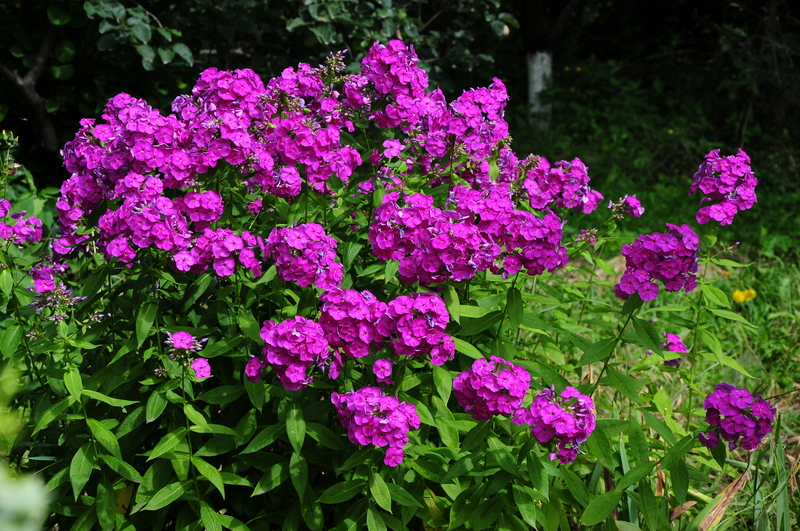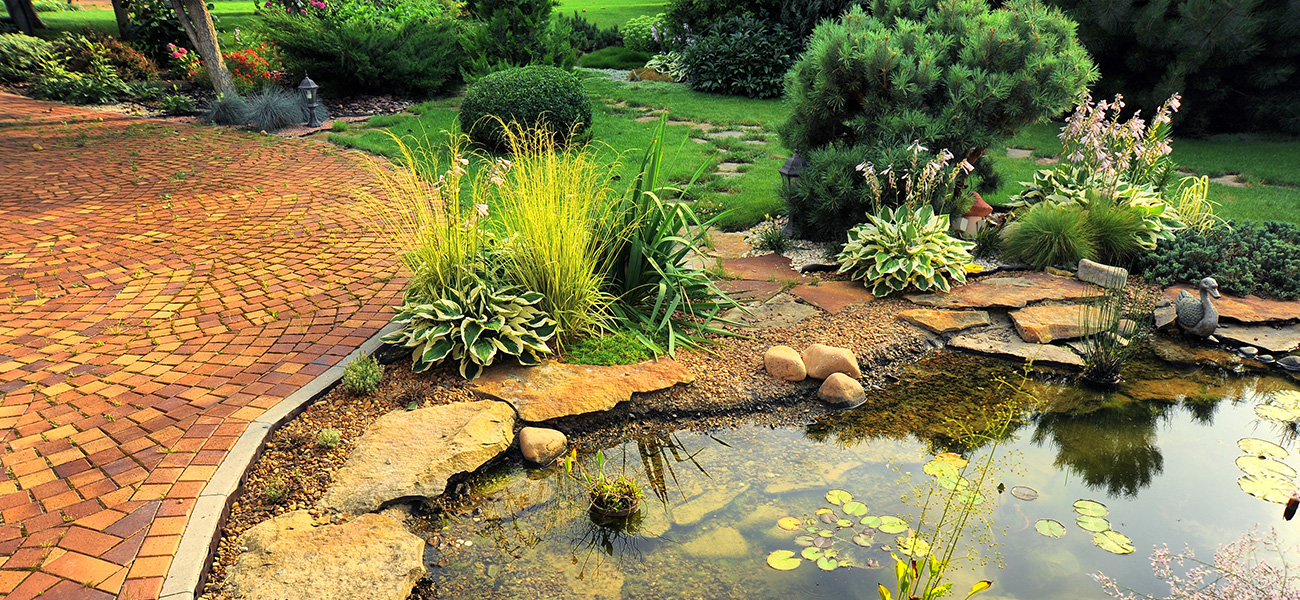Elevating Your Gardening Skills with Pets
Posted on 12/06/2025
Elevating Your Gardening Skills with Pets: A Guide to Pet-Friendly Gardening
Gardening is a beloved pastime that not only beautifies our surroundings but also nurtures our souls. For pet owners, blending the joys of gardening with the companionship of furry friends can transform the experience into something even more rewarding. Elevating your gardening skills with pets requires striking a balance between a flourishing garden and a safe, stimulating environment for your beloved animals. This comprehensive guide will help you master pet-friendly gardening, ensuring both your plants and pets thrive together.

Why Combine Gardening and Pets?
For many, pets are family. Inviting them to participate in your gardening activities can provide countless benefits, such as:
- Physical health: Gardening offers exercise for both pets and their owners.
- Mental stimulation: New sights, sounds, and smells in the garden keep pets happy and engaged.
- Bonding: Working together in the garden strengthens the connection between you and your pet.
- Environmental enrichment: A stimulating outdoor space can help curb undesirable behaviors in pets caused by boredom.
Planning a Pet-Safe Garden
Elevating your gardening skills with pets begins with thoughtful garden planning. Not all plants and garden materials are safe for animals, so consider the following tips to create a harmonious, pet-proof oasis:
1. Choose Pet-Friendly Plants
Some common garden plants are toxic to cats and dogs. When designing your pet-friendly garden, opt for non-toxic varieties to minimize risk. Popular safe choices include:
- Basil, thyme, and mint
- Sunflowers and snapdragons
- Marigolds and roses
- Spider plants and bamboo
Avoid plants like lilies, foxglove, sago palm, and rhododendron, which can pose serious dangers to pets. Always check reputable sources or consult your veterinarian before introducing new plants to your garden.
2. Create Safe Boundaries
If you want to protect certain beds or delicate plants, use physical barriers such as low fencing or raised beds. Consider decorative edging or lattice panels to designate pet-friendly and plant-only areas, reducing the temptation for pets to dig or trample on sensitive plants.
3. Avoid Harmful Chemicals
Many fertilizers, pesticides, and herbicides are dangerous for pets. Instead, turn to organic and natural methods for pest control and soil health, such as:
- Companion planting for natural pest deterrence
- Using neem oil or insecticidal soap
- Composting to enrich soil without synthetic chemicals
Always keep garden chemicals out of reach and be mindful during application to protect your pets from accidental exposure.
Designing a Garden with Pets in Mind
A truly pet-friendly garden takes your animal's needs into account. Here's how to provide a space where both you and your pets can flourish:
1. Paths and Exploration Zones
Pets, especially dogs, love to patrol their domain. Designate clear paths and lookout areas where pets can explore without damaging plant beds. Use materials like mulch, flagstone, or grass for comfortable, paw-friendly walkways.
2. Shady Retreats
During warm months, pets need a cool, shaded space to rest. Plant shrubs, small trees, or use trellises with climbing plants to create natural hideaways. Water features or small fountains can also help keep the area cool and provide an inviting atmosphere.
3. Digging Pits and Play Areas
Dogs love to dig! Provide a designated digging pit filled with sand or loose soil to satisfy this instinct without sacrificing your flowerbeds. Hide treats or toys in the pit for a fun, interactive experience.
4. Pet-Proof Water Sources
Hydration is essential, especially in outdoor environments. Incorporate pet-safe water features, such as sturdy, easily cleaned bowls, or shallow ponds with gently sloping sides. Avoid deep water or chemicals like chlorine in outdoor fountains.
Involving Your Pets in Gardening Activities
One of the joys of elevating your gardening skills with pets is involving them in daily tasks. This not only fosters discipline and socialization, but also makes gardening even more rewarding. Try these creative approaches:
1. Training Your Pet for Gardening Etiquette
Teach your animal basic garden manners using treats, praise, and gentle guidance. Simple commands like "leave it" or "stay" go a long way in protecting vulnerable plants and ensuring safety. Consider creating a specific "pet zone" to encourage appropriate garden behavior.
2. Letting Your Pets Help
While your pet can't wield a shovel, they can "help" in their own way! Dogs may enjoy carrying small tools or baskets, and cats might love chasing garden pests. Always supervise, and transform routine tasks like weeding or harvesting into fun bonding moments for both of you.
Benefits of Gardening with Pets
Gardening alongside pets catalyzes improvements in physical and mental wellness:
- More movement: Walking, digging, and playing together keeps both owner and pet active.
- Stress reduction: Nature combined with animal companionship is a proven mood-booster.
- Teaches responsibility: Tending plants and caring for pets cultivates patience, care, and consistency.
These benefits are not just anecdotal--numerous studies affirm the positive impact of gardening and animal care on human health and happiness.
Avoiding Common Pitfalls in Pet-Friendly Gardening
While elevating your gardening skills with pets is highly rewarding, there are challenges to avoid:
1. Overlooking Toxic Plants
Even experienced gardeners may inadvertently plant species harmful to pets. Double-check plant safety before purchase, and regularly inspect your garden for mushrooms and other wild growths that may be dangerous when ingested.
2. Using Unstable Garden Features
Avoid tall, wobbly structures or unsecured planters that could tip if pets jump against them. Sturdy construction means fewer accidents and injuries.
3. Ignoring Pest Risks
Standing water, heavy mulch, and dense plantings can attract fleas, ticks, and mosquitoes. Keep your garden tidy and ask your vet about pet-safe pest prevention strategies.
Gardening for Specific Animals
Not all pets interact with the garden in the same way. Tailor your outdoor space to fit your animal's nature:
Dog-Friendly Gardens
- Use sturdy, break-resistant plants in high-traffic areas.
- Install secure fencing to contain energetic pups.
- Provide a cool spot and fresh water after playtime.
Cat Gardens - "Catios"
- Enclosed patios (catios) keep felines safe while they enjoy the outdoors.
- Grow catnip, cat grass, and safe shrubs for nibbling.
- Offer climbing posts and shaded spots for lounging.
Small Pet Gardens (Rabbits, Guinea Pigs, and More)
- Grow edible greens and herbs that are safe for small animals.
- Ensure the enclosure is secure from predators and toxins.
- Fresh grass runs can be rotated to prevent overgrazing.
Maintaining a Beautiful and Pet-Safe Garden
When it comes to elevating your gardening abilities with pets, regular maintenance is key. Here are some expert tips to keep your garden in top shape:
- Prune and tidy regularly to prevent tangles and obstructions for pets.
- Repair fences or barriers promptly to keep pets within safe limits.
- Monitor plant health to quickly identify fungal growth or pests.
- Rotate play and dig zones to prevent excessive wear in one area.
Encourage pets to use designated zones with positive reinforcement, and always supervise them during garden time, especially when introducing new features.

Frequently Asked Questions About Gardening with Pets
- Can my pet and garden coexist safely?
Absolutely! With planning and vigilance, your garden can be both beautiful and safe for pets. - How do I keep my dog from digging up my flower beds?
Provide a designated digging spot and redirect the behavior with positive reinforcement. - What do I do if my pet eats a plant?
Remove any remaining plant, monitor your pet for symptoms, and contact your vet immediately if you suspect poisoning. - How can I create a stimulating environment for indoor pets?
Include potted pet-safe plants, window perches, or even a small indoor garden to enrich their lives.
Conclusion: Cultivating Joy and Connection in Your Outdoor Space
Striving to elevate your gardening skills with pets is a deeply fulfilling endeavor that nurtures your plants, your pets, and your well-being. Whether you're growing a sprawling backyard haven or a compact urban oasis, mindful planning and a spirit of creativity can help every member of your household--two- and four-legged alike--enjoy time in the garden. Remember, the secret lies in creating a balance between beauty, safety, and shared fun.
Now, gather your gloves, invite your furry friend, and let your journey toward pet-friendly gardening excellence begin!

